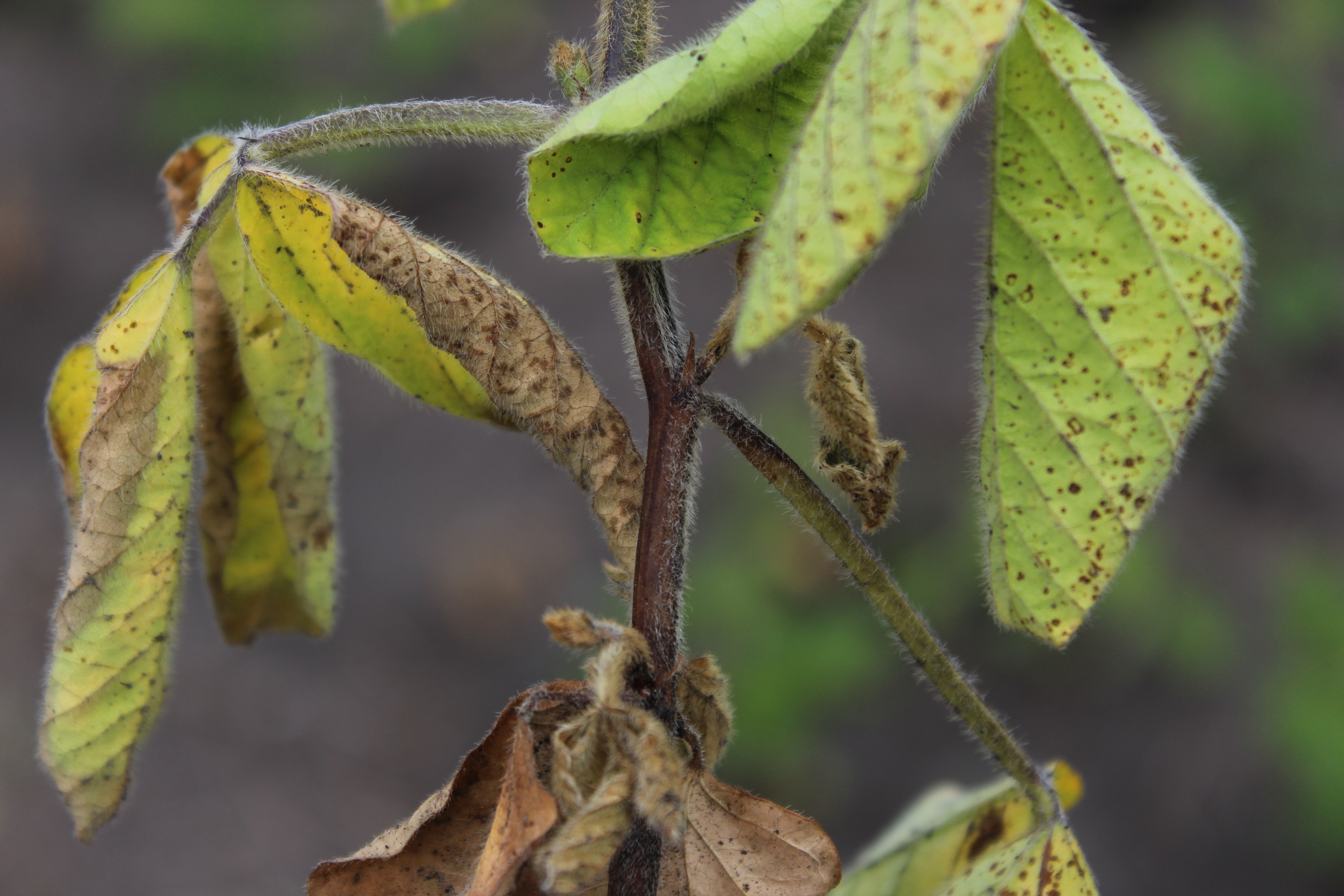Debra McLaren, Robert Conner, Yong Min Kim, Holly Derksen, Waldo Penner, Melanie Thompson, Tom Henderson, Teri Kerley, Agriculture and Agri-Food Canada
THE ROOT ROT disease complex of pulse and soybean crops is made up of a diverse group of pathogens and causes damping-off, seedling blight, root rot and reduced stand establishment. Root rot symptoms are often overlooked by farmers seeking to identify the cause of under performance in a crop. As a result, the importance of root diseases on pulses and soybeans has frequently been underestimated, but in recent years there have been an increasing number of reports of severe losses in plant stand and yield caused by root rot.
Above-ground symptoms of root rot are usually most apparent when the crop is subjected to a combination of moisture stress, poor drainage or soil compaction. Early infection can result in seed death, seedling blight, reduced stand density, root rot and yield loss. Yield loss is difficult to assess because severe symptoms often are not evenly distributed within a field. Additionally, uneven plant stands resulting from poor germination and seedling blight frequently result in subsequent difficulty in managing weeds in those areas.
Annual surveys of farmer fields for root diseases in soybeans, dry beans and field peas have been conducted to determine the prevalence and severity of each disease, to identify the common root pathogens and to detect the presence of any new root diseases. These annual surveys date back over 15 years for dry beans and field peas. As soybeans are a relatively new crop to Manitoba, the annual soybean root disease surveys only began in 2013.
The percentage of crops with disease in the pea and bean fields surveyed has increased over the years. During the five-year survey period of 2014 to 2018 (Table 1), on average 99% of pea and 100% of bean fields had root rot, as compared to 86% of pea and 96% of bean fields in 2004 to 2008 (Table 1).

Root disease severity was rated on a scale of 0 (no disease) to 9 (death of plant). The average disease severity in pea fields was similar for both five-year periods (3.1 and 3.3), but in dry beans, disease severity increased from 3.3 (2004–2008) to 4.5 (2014–2018) (Table 1). An average root rot severity rating above four indicates that symptoms were present on 50% of the root system and plants were stunted resulting in a detrimental effect on yield. On average, 66% of dry bean fields had root rot severity ratings above four (2014–2018) compared with 32% in earlier years. In 2016, a wet year, one soybean field had a root rot severity of 7.7, which would have severely affected yield. In the same year, a pea and a bean field were found with root rot severities of 5.9 and 7.0, respectively, which also would have impacted yield.
Our research has shown that root rot of soybeans, beans and peas in Manitoba is primarily caused by several species of the fungus Fusarium. Aphanomyces root rot, a relatively new root disease in peas, is also of concern. Molecular genetic research has been underway that will enable the rapid identification of the various root pathogens of these crops, which will also allow their quantification in the soil and within infected plant tissue. This will enable the identification of the causal agents of soybean root diseases to be completed in hours rather than in weeks as is currently the case with conventional fungal identification procedures. The ability to rapidly quantify spore concentrations in soils will assist in the identification of fields where the risk of severe damage from root diseases is high, so they can be avoided for subsequent susceptible crops and instead be seeded to other non-host crops until inoculum levels decline.
Research has been carried out to identify commercial soybean, pea and bean cultivars with resistance to many of the Fusarium species that can attack the roots of these crops. This information has been shared with breeders to assist them in the development of new cultivars with partial resistance to the wide array of Fusarium species. It is critically important to quantify the magnitude and nature of damage caused by root disease in order to determine the need for developing and implementing new disease management strategies. Moreover, understanding the disease-yield relationships is needed for measuring the agronomic efficacy and economic benefits of these management measures.
Currently control measures for root diseases of soybeans, peas and beans are somewhat limited. If inoculum levels are high for root rot, crop rotations of five years or more with non-host crops like cereals and certain oilseed crops are effective in reducing populations of the pathogens in the soil, so there is less disease and yield loss when susceptible crops are grown. Planting into warm, well-drained soils will reduce the severity of root diseases. Agricultural practices that promote plant growth such as adequate soil fertilization and avoiding soil compaction will also reduce the adverse effects of root diseases on these crops. A number of fungicide seed treatments are available for the control of seedling blight caused by root pathogens, but most products do not persist long enough to effectively control root diseases past the seedling stage. In the future, resistance to root rot diseases in soybeans, peas and dry beans will become more common enabling better disease control and reducing losses in seed yield.


You must be logged in to post a comment.